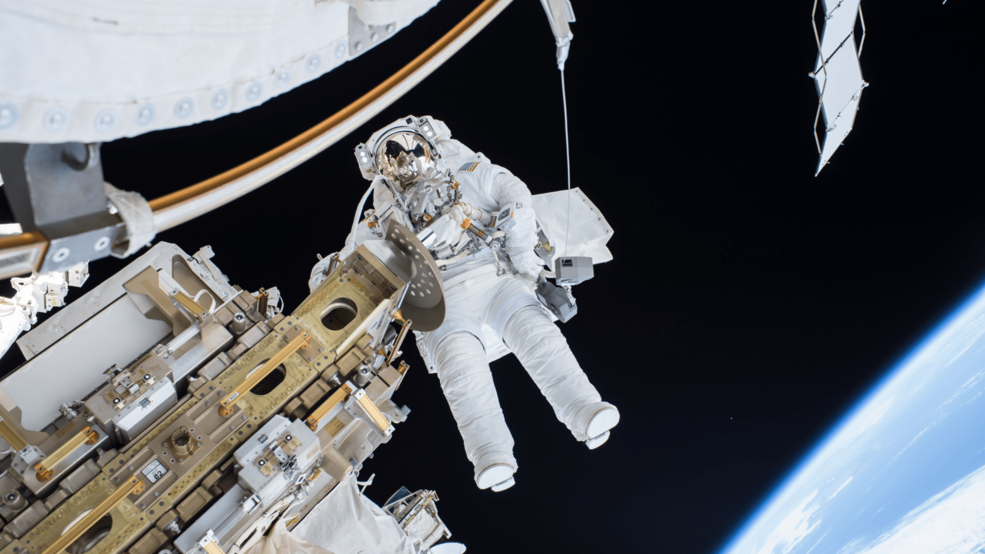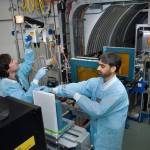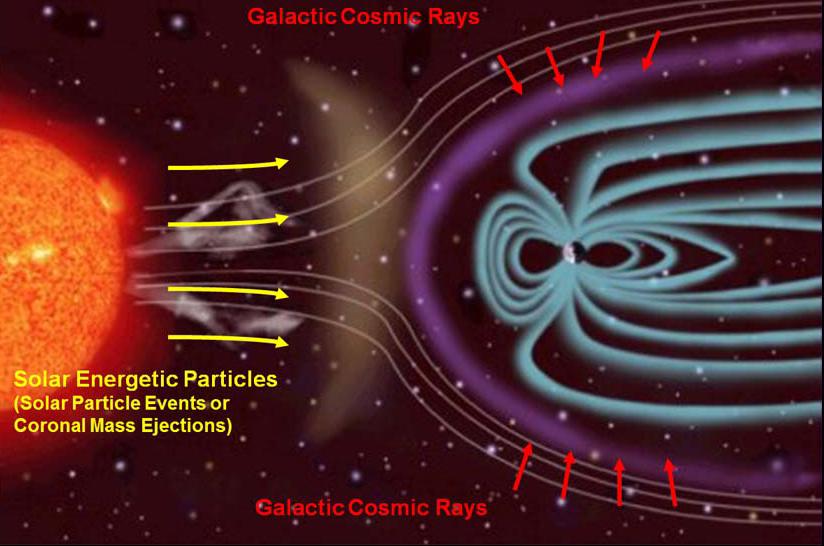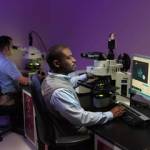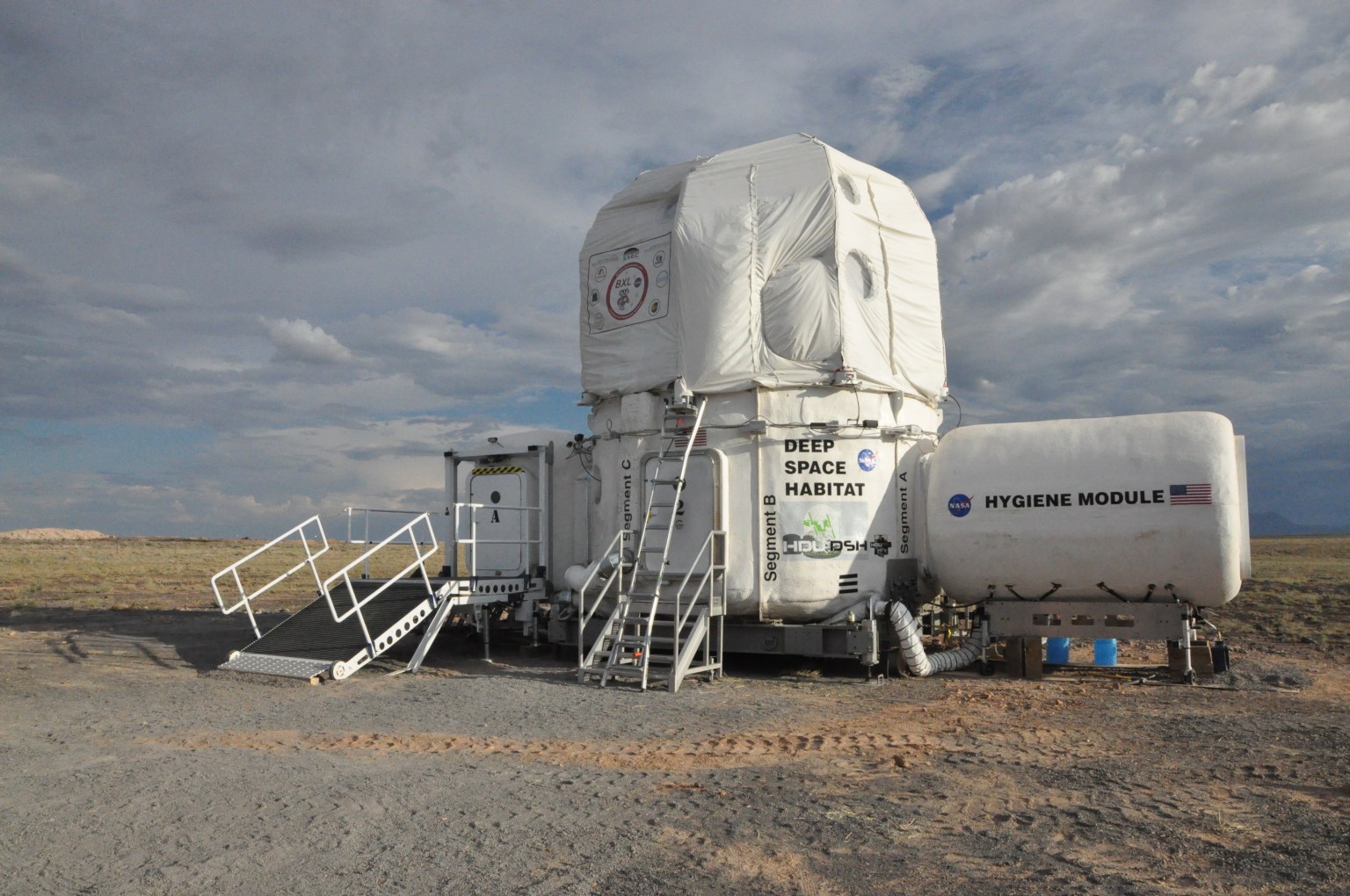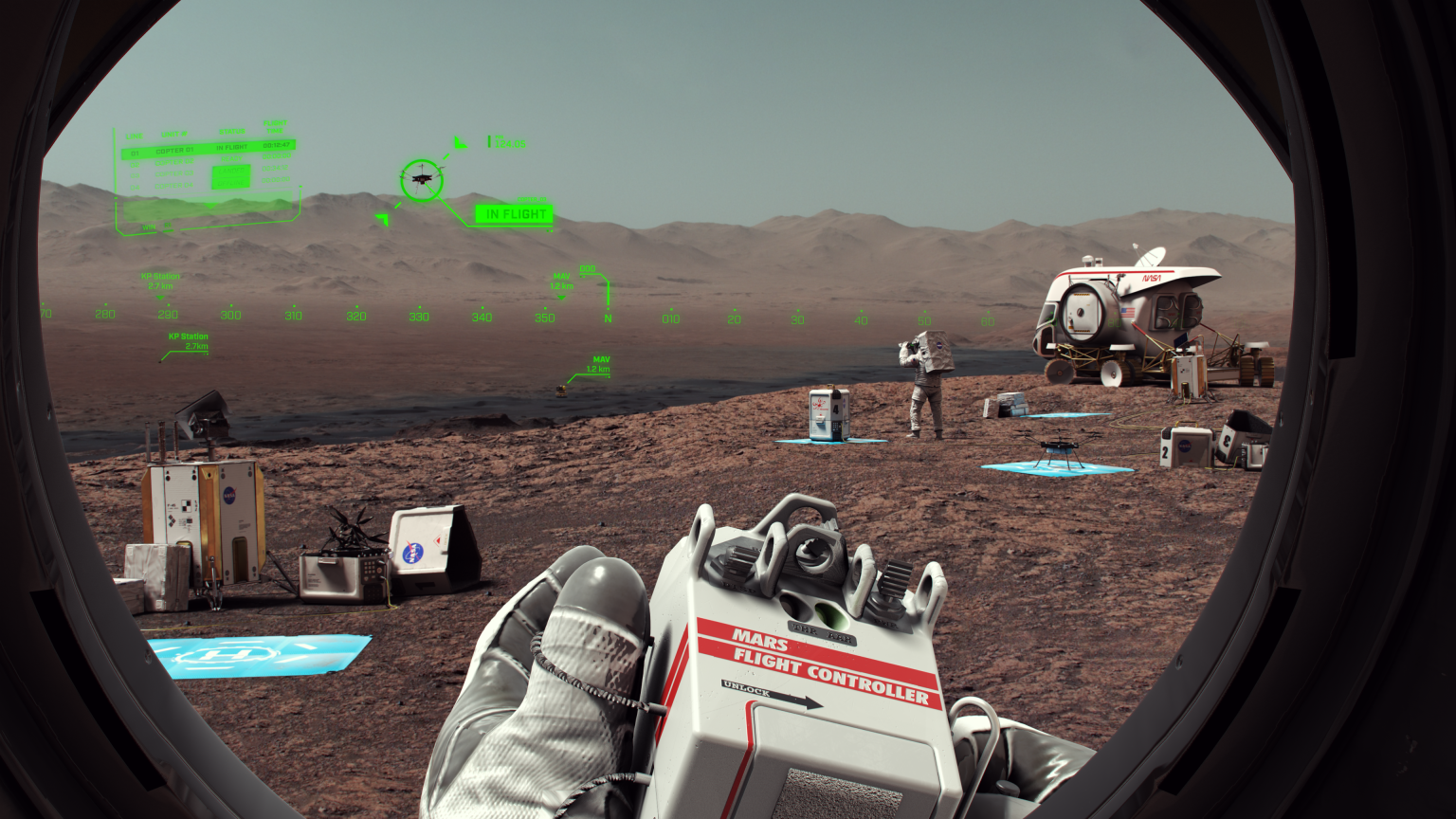NASA Space Radiation Lab
NASA Space Radiation Lab
The NASA Space Radiation Laboratory (NSRL) helps to assess health risks of cosmic radiation. To better understand these risks, NASA has teamed with the United States Department of Energy to establish this lab.
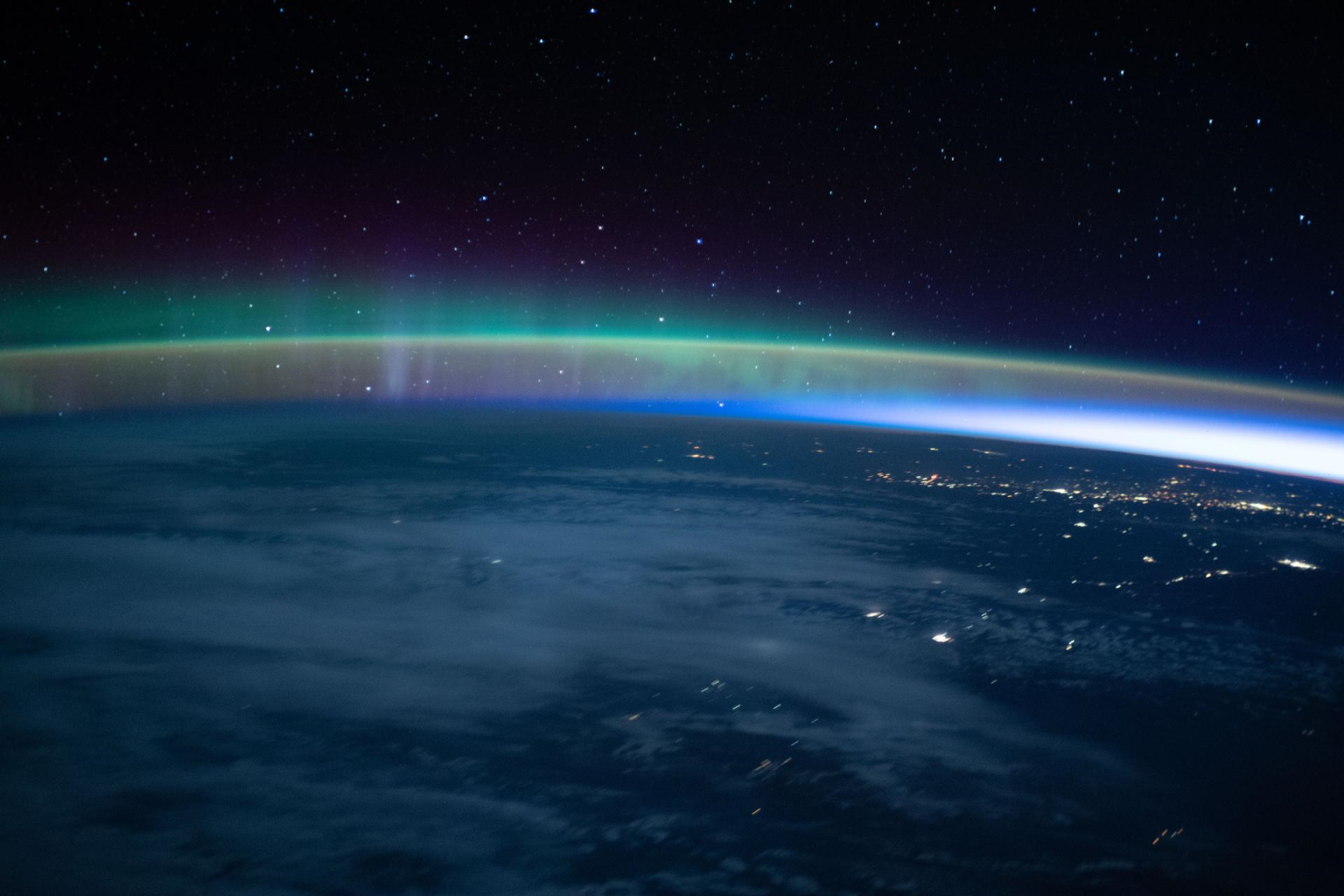
Mission Overview
Location: Upton, New York
Environment: Laboratory
Hazards Tested: Space radiation
Description: The NSRL helps to assess many of the health risks associated with cosmic radiation. Before humans can travel for extended periods outside Earth’s atmosphere, scientists must learn more about the risks posed by cosmic radiation. To better understand these risks, NASA has teamed with the U.S. Department of Energy to establish this lab at Brookhaven National Laboratory.
Research: Scientists use beams of ions to simulate cosmic rays and assess the risks of space radiation to human space travelers and equipment.
Learn More: www.bnl.gov or www.bnl.gov/nsrl.
Video Series: What Is Space Radiation?
Our space radiation miniseries discusses what causes space radiation, how space radiation affects the human body, how NASA protects astronauts, and more
Watch Here about Video Series: What Is Space Radiation?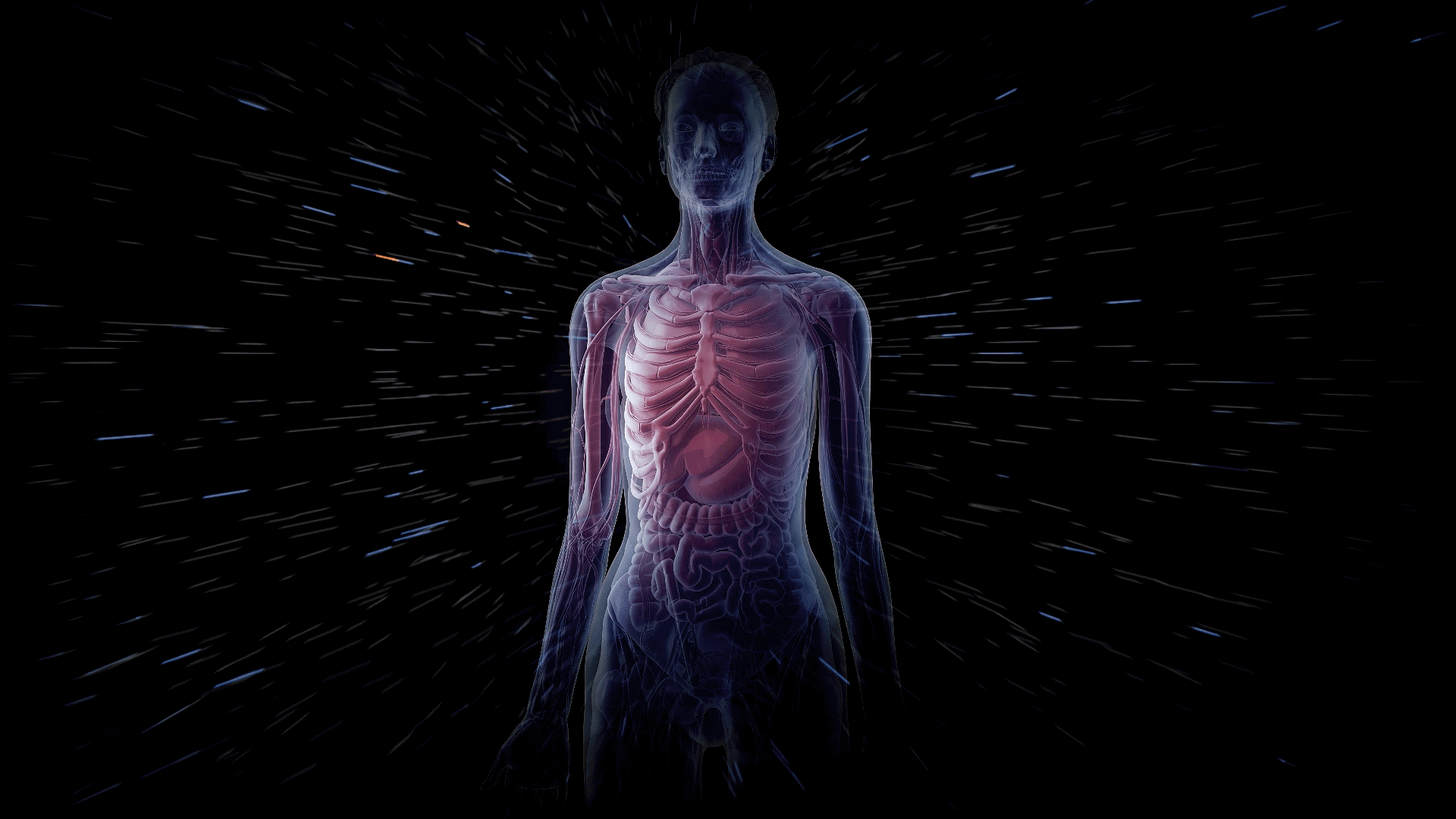
NSRL Facilities
Brookhaven National Laboratory in Upton, New York has a Heavy Ion Collider. NASA utilizes this facility to test the effects of space radiation on astronauts at the NASA Space Radiation Lab (NSRL). For more information on how the Brookhaven National Lab Heavy Ion Collider works go to http://www.bnl.gov/rhic/complex.asp.
What's the Risk?
Why Space Radiation Matters
What is Radiation?
Outside the protective cocoon of the Earth’s atmosphere is a universe full of radiation – it is all around us. Say the word “radiation” to three different people, and you’ll probably get three different reactions. Your aunt may tell you how radiation destroyed her cancer. Your neighbor might mention the “duck and cover” procedures of his day. And your comics-loving friend will explain how gamma rays turned Bruce Banner into The Hulk. Radiation comes in many forms and is all around us, all the time. But what is radiation?
Learn More about Why Space Radiation Matters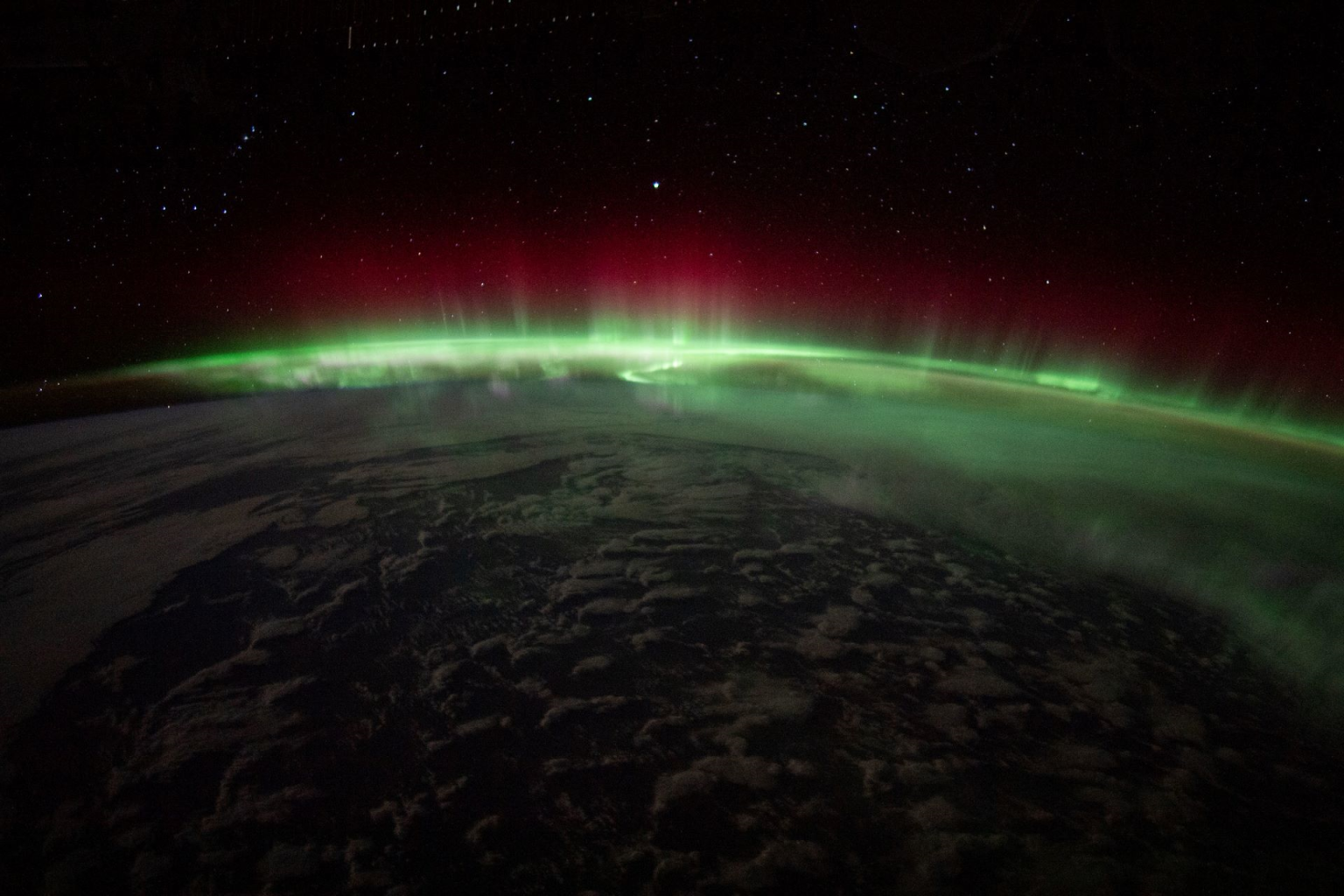
NSRL Images
Experiments to Unlock How Human Bodies React to Long Space Journeys
Through Artemis, NASA astronauts are returning to the Moon in preparation for one day going to Mars. To better prepare astronauts…
Read the Story